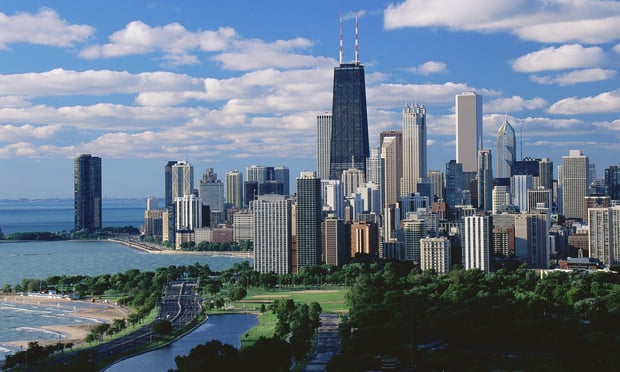CHICAGO—Developers in the industrial sector had taken a bit of a pause during the past 12 months, slowing down new Chicago-area construction until tenants filled up a larger proportion of the many new spec buildings. But activity is ramping up again, according to new statistics produced by Colliers International.
Builders began 26 new projects totaling 7.2 million square feet during the third quarter, the greatest quarterly new construction start total since the fourth quarter of 2016, the researchers say. They had anticipated developers would start total of 6.4 million square feet.
Recommended For You
Want to continue reading?
Become a Free ALM Digital Reader.
Once you are an ALM Digital Member, you’ll receive:
- Breaking commercial real estate news and analysis, on-site and via our newsletters and custom alerts
- Educational webcasts, white papers, and ebooks from industry thought leaders
- Critical coverage of the property casualty insurance and financial advisory markets on our other ALM sites, PropertyCasualty360 and ThinkAdvisor
Already have an account? Sign In Now
*May exclude premium content© 2025 ALM Global, LLC, All Rights Reserved. Request academic re-use from www.copyright.com. All other uses, submit a request to [email protected]. For more information visit Asset & Logo Licensing.









